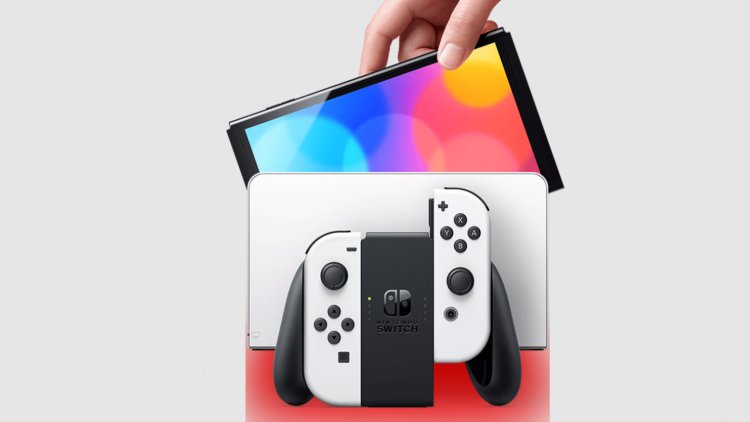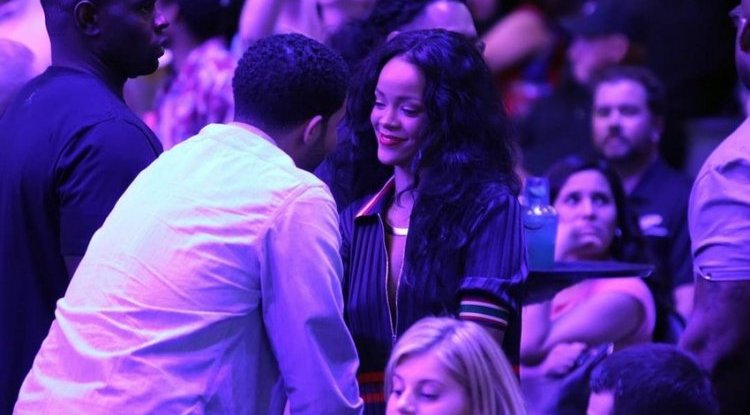THE BEST SCREENS IN THE WORLD HAVE A DEFECT

One of the biggest changes of the new generation Nintendo Switch console is the slightly larger OLED screen with a significantly better display, but also some potential problems.
OLED screens are the best display technology today, so it's no surprise that Nintendo has decided to add an OLED screen to its new Switch console. In addition to the exceptional display, vivid colors, and high contrast, for which these screens are known, they suffer from the so-called burn-in effect, better known in our country as "engraving" the image.
What is Burn-in?
The burn-in effect most often appears on plasma and OLED screens, but as OLED technology is slowly beginning to dominate the global market, we need to first remind ourselves what OLED screens are. OLED stands for Organic Light Emitting Diode, and it is the organic nature of light-emitting diodes that creates light that can create the aforementioned problem.
Organically illuminated pixels deteriorate over time, so some of the most commonly displayed images can be permanently "engraved" on the screen. This usually refers to static elements such as menus, battery and network icons, or some fixed elements of the game you spend most of your time in front of.
On the other hand, screen manufacturers are fighting against these problems in various ways, and the most popular is the so-called pixel movement from time to time. Virtually the entire image is moved by one pixel up, down, left or right, effectively preventing each pixel from emitting the same light at all times.
Should users of the new Nintendo Switch consoles worry?
The new generation of Nintendo consoles with OLED screens is a great candidate for these problems, and to test how sensitive this screen is, one YouTube creator - Wulff Den conducted a test. Namely, he connected his OLED Switch to the charger, set up a static image from the game The Legend of Zelda: Breath of the Wild, where the main protagonist, Link, essentially looks at the sky. This test was conducted for 1,800 hours, ie 75 days (two and a half months) and 3,600 hours, ie. 150 days (five months).
After the first 75 days, almost no lasting consequences could be seen, while after 150 days, outlines began to appear on the screen. If you watch the video below, you can see for yourself that these are not really serious problems and that the screen on the Nintendo Switch console went great even in such extreme conditions that do not correspond to reality.
What about TVs?
On the other hand, the popularity of OLED technology brings its development every day, so today's OLED screens are much better, have higher quality, and are longer-lasting than the screens from a few years ago, which had problems with pixel durability.
Modern TVs are struggling with this problem in different ways. From the pixel shifts, we mentioned software alerts that tell you when a part of the image is too static, to aggressive "reset" pixels, which can often do more harm than good.
Phone manufacturers are doing the same, where the notification bar, the bottom row of icons, and the keyboard, the elements that move the least, are very risky. Different techniques are used, especially since OLED and AMOLED screens have become the most popular choice, especially in the higher class of phones.
One thing is for sure: whatever combination Nintendo uses on its new Switch console, you don't have to worry about image cropping, it probably won't happen to you during the life of the console.





























